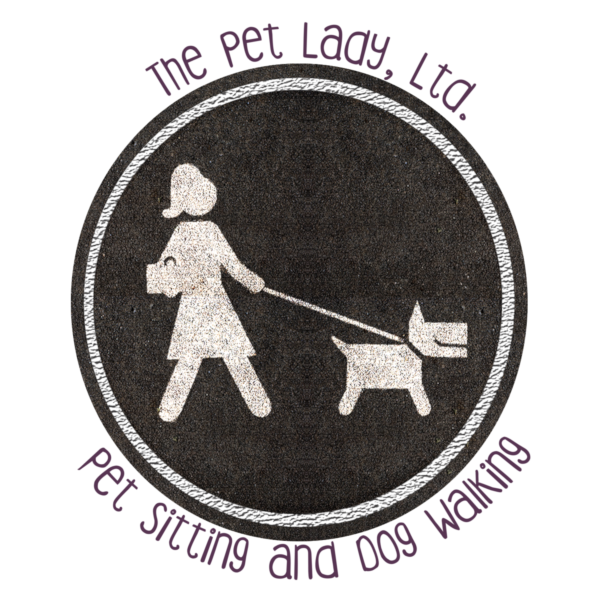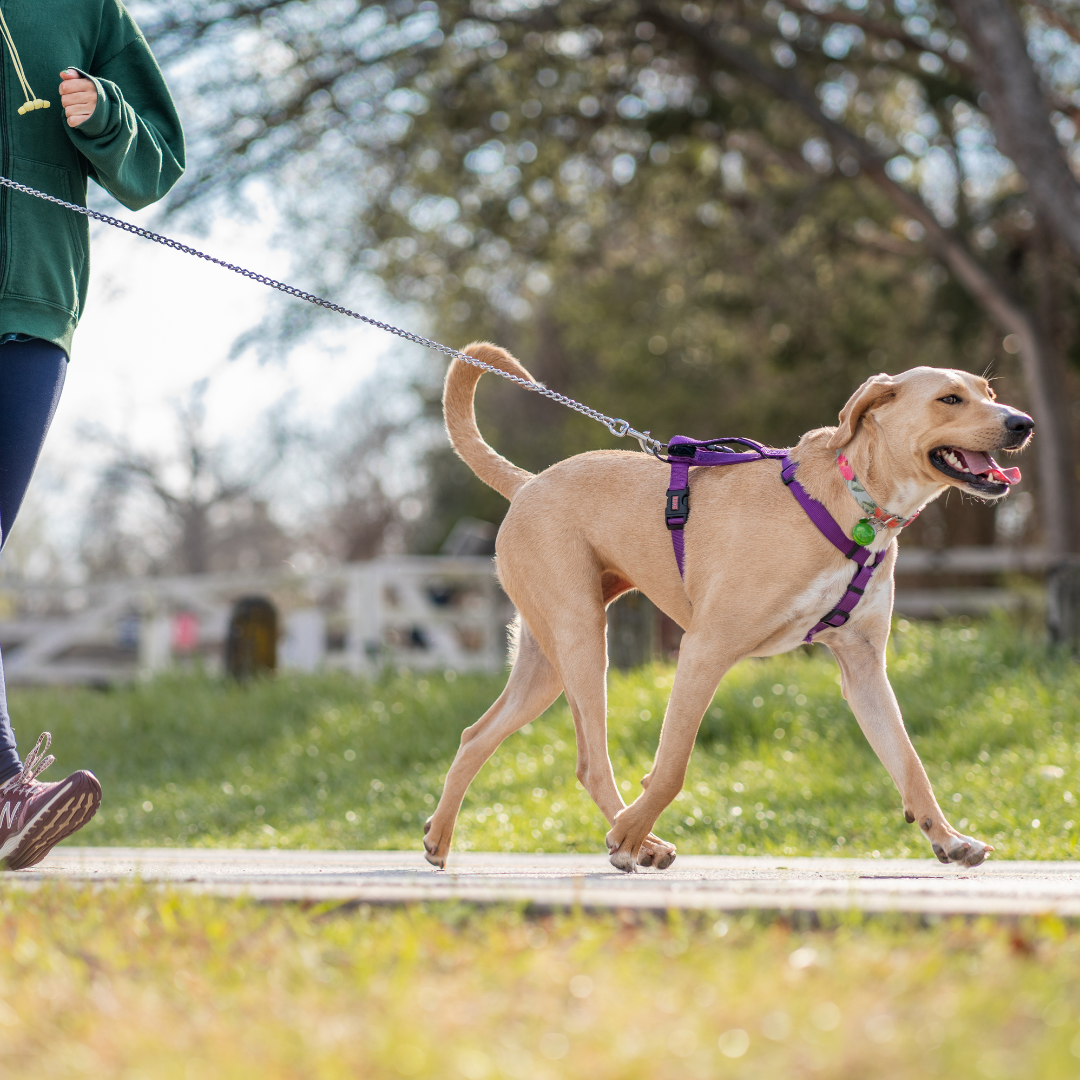Tips for Running With Your Dog
Running with your dog is a fun way to spend time together and helps keep both you and your pup in shape. Canine fitness is an important part of their overall health. Plus, having a cute furry running buddy can be that extra motivation you may need. Before diving into running with your dog, there are some things you need to consider.
Before embarking (oh, pun!) on your running journey with your dog, make sure your dog's breed is one that is suited for running. Some dogs, such as brachycephalic dogs, dogs with short snouts, are not meant to be running buddies. Another important thing to consider is your pup's age. Puppies and dogs under one to one and a half years should not be doing long distances. The rule of thumb is to allow your dog to be fully grown to avoid any injury or stress to their growing skeleton. Even if you have a breed who is good at running such as a Vizsla, Dalmatian or even a Terrier or Sheltie, you still need to know that each dog is different and some may decide they do not enjoy running distances. The last major thing to consider would be the health of your dog, certain breeds are known for hip dysplasia and it is always a good idea to get your pup checked by their veterinarian and make sure they are cleared for vigorous exercise.
Before your dog gets into running, your dog must be loose-leash trained. A canine companion who pulls on a leash when walking is annoying, but dangerous if you are running. The outdoors are a fun place with lots of distractions and smells for your pup, but they need to be able to ignore those stimuli and focus on walking with you before beginning to run. Always use positive reinforcement when training your dog; praise, treats and toys can be great rewards for your dog.
Now that your dog is walking nicely by your side on a loose-leash, it is time to begin slowly building your dog’s endurance. Just as humans need to build endurance and strength, so do our dogs. Start by adding small stretches of running into your walks. On each walk, you want to increase the time or distance you spend running and decrease the time spent walking. After several weeks your dog will be in tip-top shape and adapted to running long distances. Running with your dog requires a lot of dedication from both of you. Our dogs love rituals so once your runs are in place, your pet will start looking for how they are added into their daily routines. Consider equipping yourself and your pup with items that are for your run only. Get a running harness for your pup and a two to three meter leash with reflectors. If you would like to have a hands free run, there are body straps or cross-body leashes that are safe to use while running.
Dedicated runners will head out for a run despite temperatures, but if you are running with your dog, you do need to consider the weather before heading out. Dogs should really be run between about 15 and 60 degrees Fahrenheit. During the summer consider early morning or late evening runs or find a place with lots of shade and always make sure you have plenty of water for both you and your pup. In colder temperatures or when there is salt on the ground, consider training your dog to run in booties. These keep their paws safe from the cold, but are also great in the summer when the pavement is hot. If the weather is not permissible for a run, give your dog the exercise they need with vigorous indoor play. A game of fetch down a long hallway or up and down a flight of carpeted stairs can be a great way for your dog to get their run indoors.
Dogs are our companions and we want to include them in as much of our lives as possible. It is important to do so safely; running can be a great bonding experience for you and your pup.
If your pup is on a schedule and you are away, consider hiring a professional pet sitter to visit and give your pup a good walk and some of the exercise they need. If you are located in the Naperville, Elmhurst, Lombard or Villa Park, IL area, call The Pet Lady at 847.802.9534 or contact us here.


